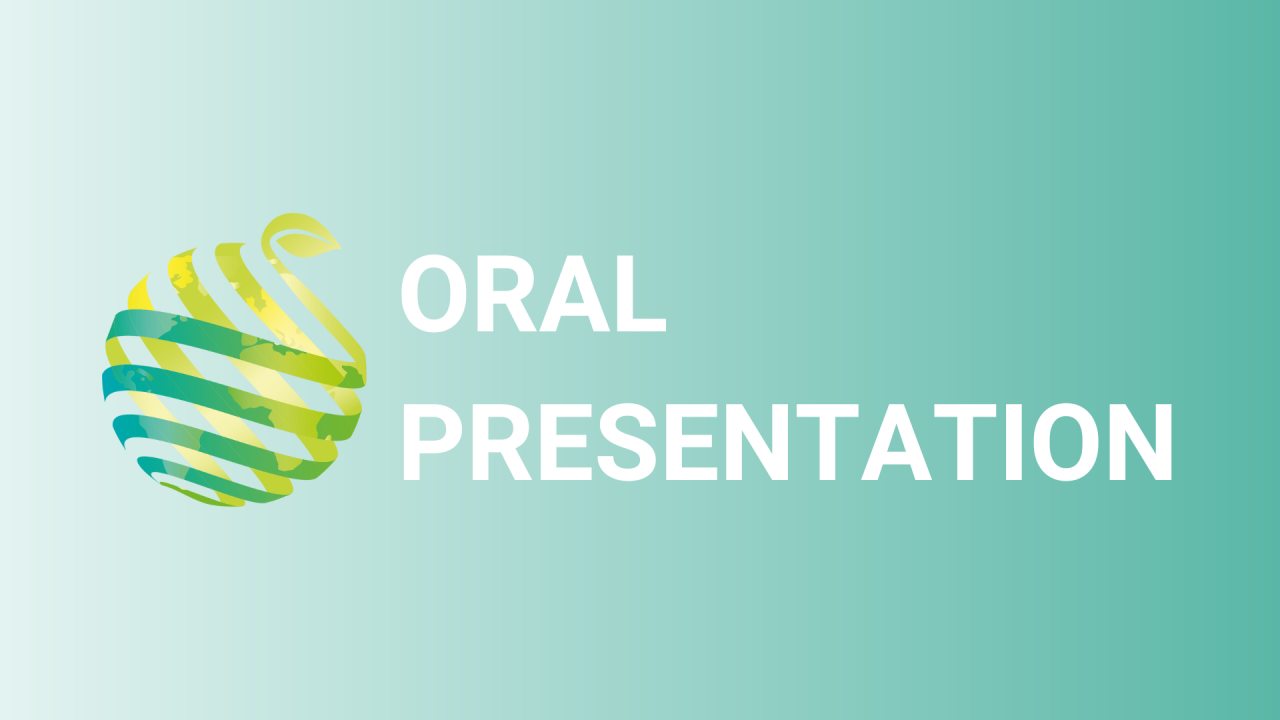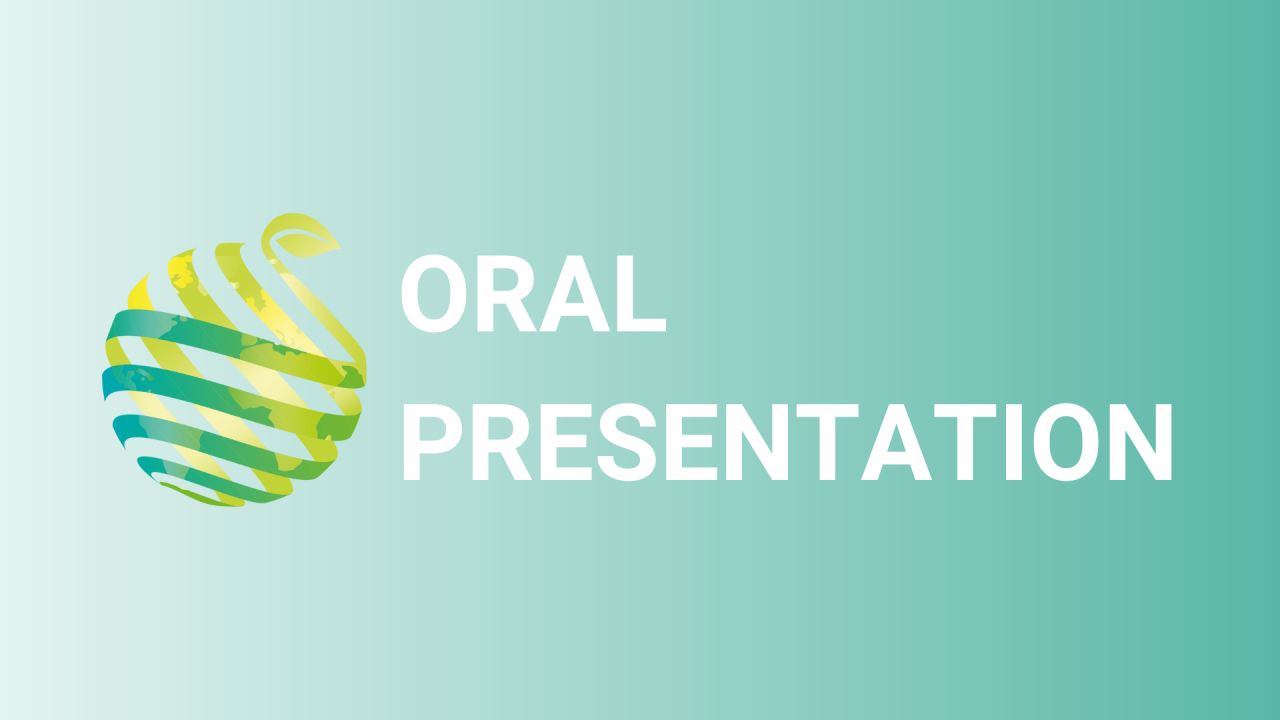

S07 - Session O4 - An innovative sampling strategy to assess urban soil biodiversity
Information
Authors: Laure Vidal-beaudet *, Christophe Schwartz, Apolline Auclerc, Sandra Barantal, Jérôme Cortet, Anne Dozières, Jean-Christophe Lata, Pierre-Alain Maron, Laure Turcati, Alan Vergnes
To meet the challenge of the sustainable city, a better knowledge of the ecology of urban ecosystems is essential, with a major issue linked to the biological quality of soils in connection with land use and management practices. Improving the knowledge of soil biodiversity is a major factor to tackle soil multifunctionality and meet the challenge of functional and useful urban greening. The Bises project (Biodiversity of urban soils and sustainable cities), deployed in four French cities with contrasting biopedoclimatic and historical situations (Paris, Nancy, Nantes and Montpellier), aims to understand the links between soil biodiversity and the associated ecosystem functions and services. All the major families of organisms (macro, meso, microfauna and microorganisms) will be evaluated spatially in order to develop indicators of the biological quality of urban soils. A multi-scale sampling strategy was implemented in order to select 48 sites per city representative of the use of urban vegetated space for ornamental (parks, road sides), or food production (family and shared gardens, urban micro-farms). Lawn-type plant cover was selected for non-productive spaces to ensure homogeneity. Close collaboration with city services enabled accessing to spatial mapping of vegetated areas in cities. The selection of the location of sites for each type of use integrates parameters such as surface area, position along the urban-rural gradient (from the city centre to periurban areas), age and history of site, management method for non-productive spaces (prestige = regular mowing, irrigation, fertilisation or rustic = one or two mowings per year) and type of valorisation of agricultural products (sales or not sales). An initial measurement campaign took place in the autumn of 2021 to evaluate the biodiversity indicators of urban soils in relation to the physico-chemical parameters of the soil, management pratices and landscape features. This campaign will be repeated in 2022.